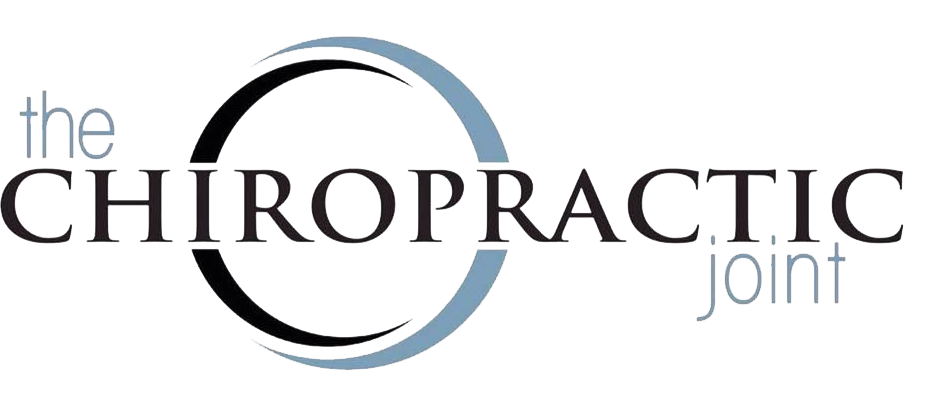Soft Tissue Mobilization
Instrument Assisted Soft Tissue Mobilization (IASTM)
Instrument Assisted Soft Tissue Manipulation or “IASTM” is deep tissue work that can cause redness and bruising on the skin by using a steel tool. IASTM is used to break down fascial restrictions and scar tissue. The design of the instruments provides the chiropractor with the ability to locate restrictions and allows the chiropractor to treat the affected area with the appropriate amount of pressure.
IASTM creates microtrauma to the affected soft tissue structure to initiate local inflammatory response. Microtrauma starts the reabsorption of inappropriate fibrosis or excessive scar tissue and facilitates a cascade of healing activities resulting in remodeling of affected soft tissue structures.
<The introduction of controlled microtrauma to affected soft tissue structure causes the stimulation of local inflammatory response. Microtrauma initiates reabsorption of inappropriate fibrosis or excessive scar tissue and facilitates a cascade of healing activities resulting in remodelLing of affected soft tissue structures.>
IASTM is appropriate for many people who suffer from:
Scars (Surgical or Traumatic)
Back Pain
Heel Pain /Achilles Tendinitis
Myofascial Pain and Restrictions
Ligament Sprains
Muscle Strains
IT Band Syndrome
Shin Splints
Acute and Chronic Ankle Sprains
Clinical Reseach:
Melham TJ, Sevier TL, Malnofski MJ, Wilson JK, Helfst Jr RH. Chronic ankle pain and fibrosis successfully treated with a new noninvasive augmented soft tissue mobilization technique (ASTM): a case report. Medicine and science in sports and exercise. 1998 Jun 1;30(6):801-4.
Jump up↑ Wilson JK, Sevier TL, Helfst R, Honing EW, Thomann A. Comparison of rehabilitation methods in the treatment of patellar tendinitis. Journal of Sport Rehabilitation. 2000 Nov 1;9(4):304-14.
Band Flossing
Band Flossing introduces the use of compression floss bands to help improve movement, and muscle recovery as well as reduce pain and tissue edema.
Flossing is commonly associated with the image of a thick rubber band wrapped around muscles. It involves applying external pressure above or below the joint of the extremities. The pressure provided by the coiled band safely maintains arterial inflow of blood but reduces or occludes venous outflow distal to the site.

